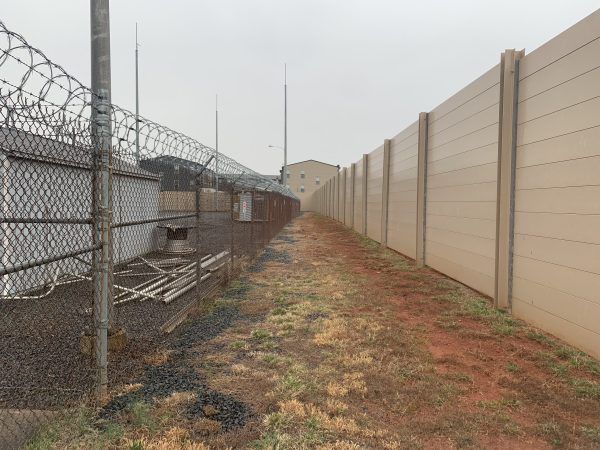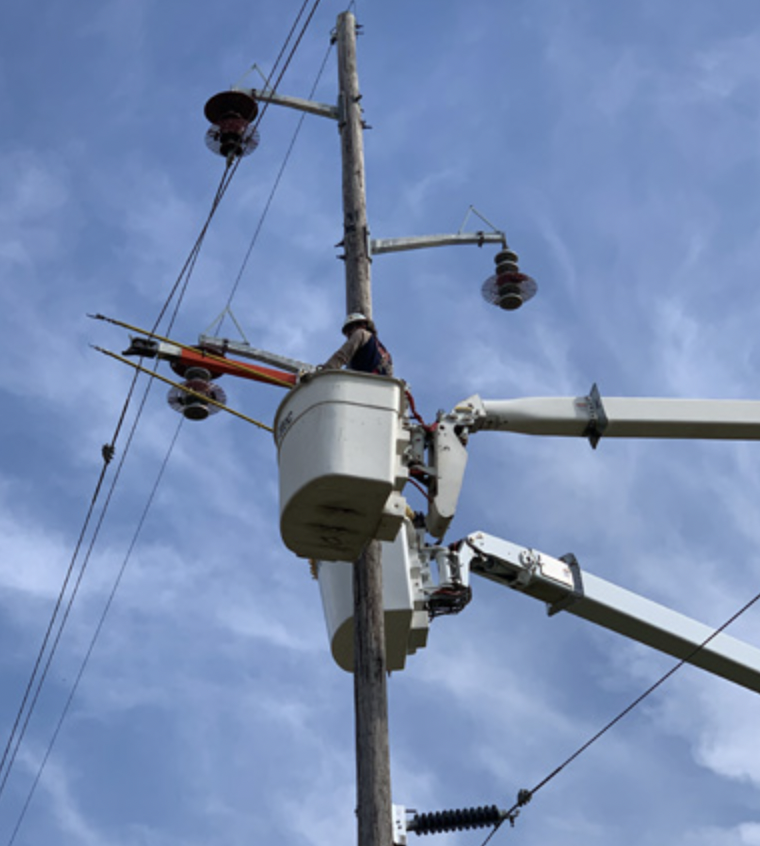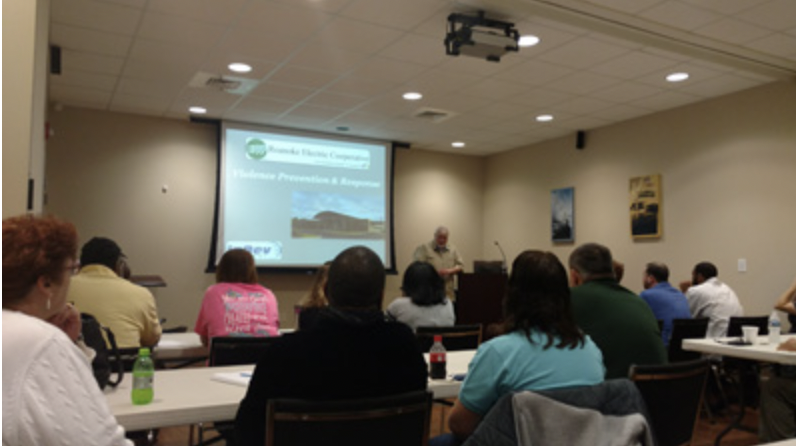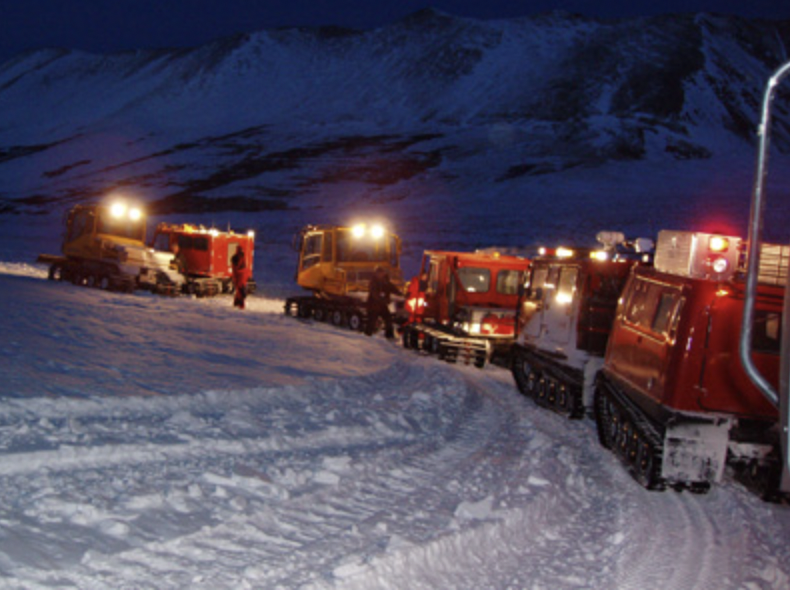Security in the Field: A Largely Unnoticed Need
Written by Jim Willis, M.Sc, CMAS, CHS-V on . Posted in iP Security Articles.
Using Situational Awareness to Enhance Field Security
Written by Jim Willis, M.Sc, CMAS, CHS-V on . Posted in iP Security Articles.
Rethinking Utility Security
Written by Jim Willis, M.Sc, CMAS, CHS-V on . Posted in iP Security Articles.
Emergency Preparedness for Remote Winter Work Locations
Written by Todd Horning on . Posted in iP Security Articles.
Recognizing Summit Fever in the Utility Industry
Written by Dave Sowers on . Posted in iP Security Articles, Utility Security Update.
Emergency Action Plans for Remote Locations
Written by Gary Coleman, CHST, CSP, CUSP, OHST, STSC on . Posted in iP Security Articles.




